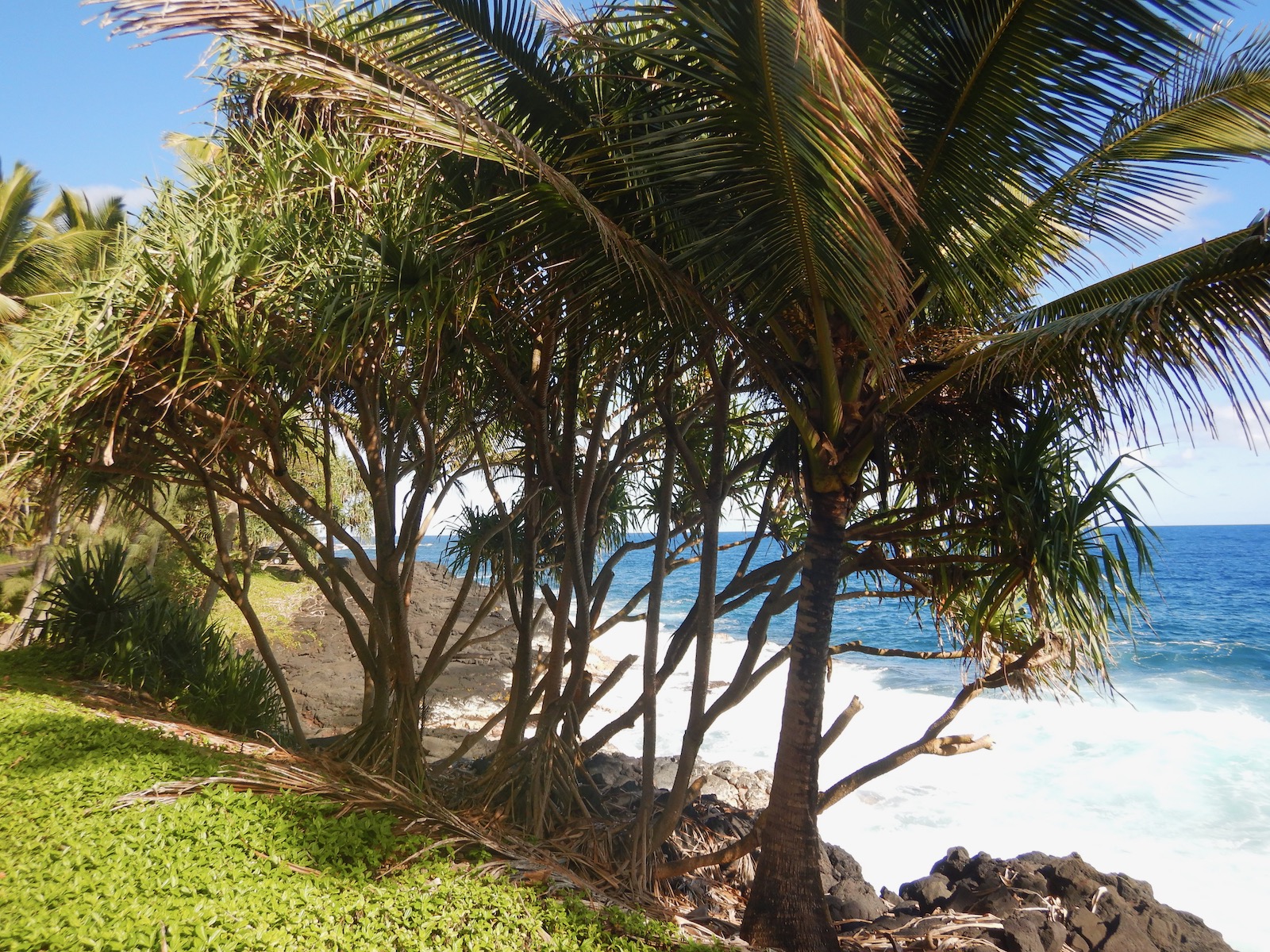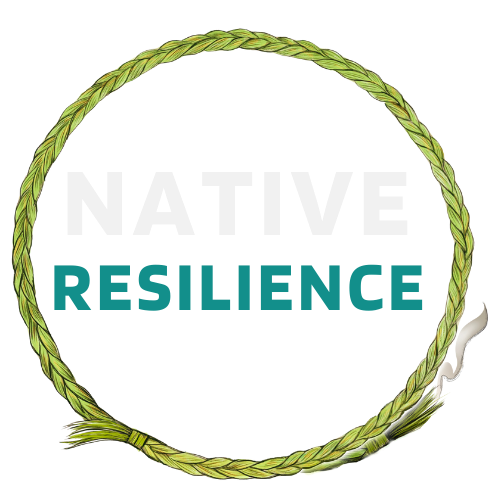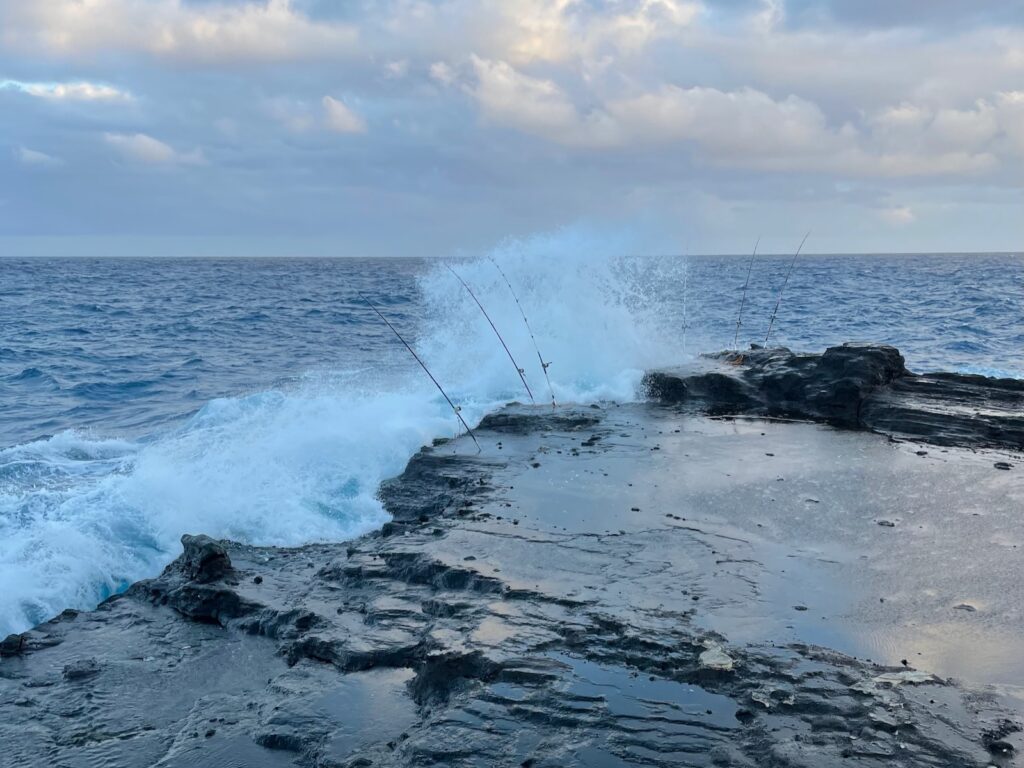Photo, above: Shorecasting for ulua (giant trevally), East Oʻahu. Easily weighing over 100 lbs and regarded for their strength and elusiveness, ulua fishing as cultural practice and community building continues to connect lawaiʻa to each other and the coastlines that nourish them. For many, ulua fishing is more than just sustenance. Rather, it is an act of attunement to the sea and an invitation to care— as lawaiʻa spend years monitoring tides, weather patterns, and fish activity while passing along their knowledge to the next generation. Credit: Matt Ito. Honolulu, HI.
How Much More?
How much more?
I wonder, will the sea push,
the slow crawl inland
into freshwater lens.
How much to lose,
these the offshore spring waters
our ancestors dove,
the gourds returned with sweet tasting
wai. freshwater
The shocking coldness and
the blurred patches
where fresh and salt meet,
small pockets, they line sea’s floor.
Water and practice, entwined.
How much more, the springs remain,
to be swallowed by the sea.
Kanaloa, to whom deity assoc. with sea, voyaging, healing
sitting water belongs:
both sea and aquifer—
two halves of the same
whole.
His brother Kāne: deity assoc. with freshwater, sunlight, rebirth
water in motion,
slow-moving fog dance,
a spring’s cheery gush,
a riptide pulling towards
horizon.
The coast, their meeting place,
she has no conscience:
there is no right or wrong
here.
For the people harden and build,
encroaching seaward,
completing the push-pull.
How narrow, the small
strip of land from tide’s edge to
growing stretches of
warehouses, hotels, the brown water.
How much, care taken,
by our healers,
as they ʻaki, to nip, to nibble as a fish, to scar over (to gather)
ʻakiʻaki on these, our coasts:
gently pick, gather the lāʻau medicine, plant
to heal the sick, those whose bodies
continue to fail spirit.
How much, care needed,
by our fishermen,
the warming seas, growing storms
that feed the toxin of no taste, no color
bio-accumulating our
reef fish.
How much, care desired,
by our hala, our hau forests, Pandanus tectorius, Hibiscus tiliaceus
roots and earth entangled as they too
seek freshwater lens,
these groves, so long sustained
by ancestors’ practice.
How much more?
I wonder, will the sea push.
And how much more,
will we push back?
Author’s note:
This piece focuses on challenges facing groundwater in Hawaiʻi due to projected sea level rise and high tide inundation (1,2). Other challenges discussed include increasing development pressures (e.g., increased sewage inputs to nearshore environments, land clearing) and ciguatera fish poisoning (3), which has been linked to warming sea temperatures and higher frequency storm events (4, 5). I wanted to explore how these challenges affect and are intertwined with cultural practices (6) including spring water, medicinal, weaving/cordage, and fisheries gathering, as well as how we think about water from a cultural lens here in Hawaiʻi. The sea is our home, a place of spirit and sustenance, and for me, it is a place of healing despite the enormous pressures that modern society has placed on our coastal regions.
-Gina McGuire

Grove of hala trees beside the sea. These trees are valued for weaving, medicine, and tied in story to healing and rebirth. Hala groves occur in areas where groundwater is close to the surface, acting as indicators for these waters. Hala has declined in Hawaiʻi due to increasing coastal development and declining practitioner numbers. Credit: Gina McGuire. Puna, HI.

Torch fishing (torching) for heʻe mākoko (night octopus/night tako). Requiring a keen eye, a reliable source of light, and an intuition for when conditions are just right, torch fishing involves walking the reef at night for octopus, eels, and other reef dwellers. Unfortunately, coastal and upland development, tourism, and beach erosion have altered many of the reefs once frequented by torch fishers. Credit: Matt Ito. Honolulu, HI.
Map of projected sea level rise (scroll and zoom in/out to explore)
About this map
Map created with SLR layers:
Layer citations:
- Coastal Flood Zones with 3.2 feet of sea level rise – Tetra Tech, Inc. for The State of Hawai‘i 2018 Hazard Mitigation Plan, Hawaii Emergency Management Agency
- Sea Level Rise Under Passive Flooding with 3.2 feet of sea level rise – University of Hawaiʻi Coastal Geology Group

